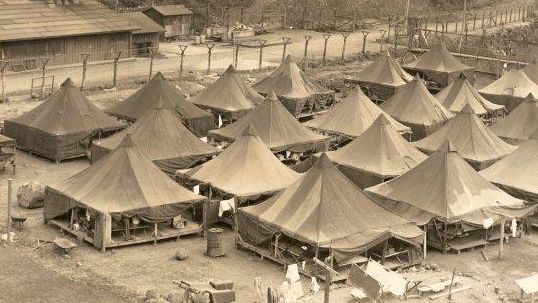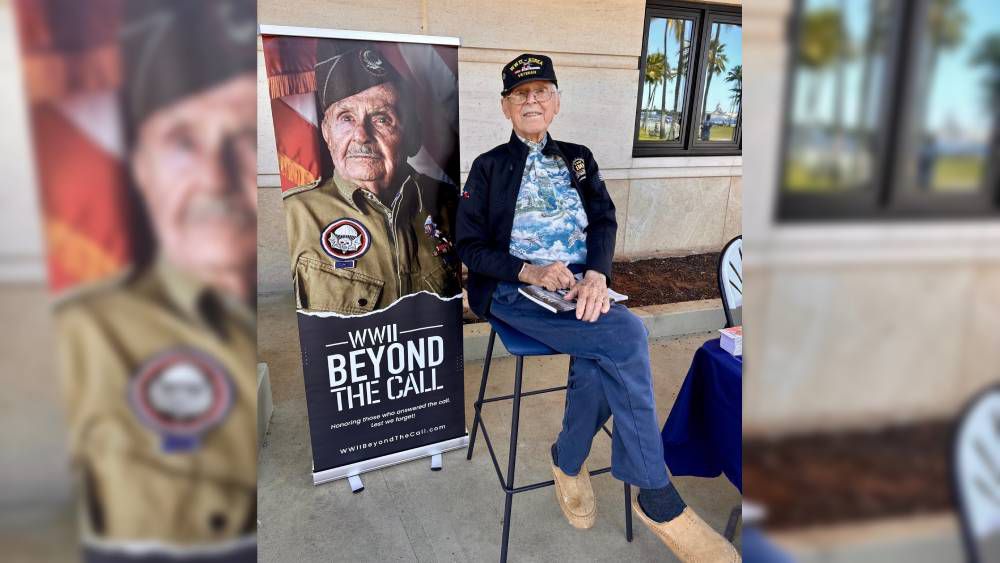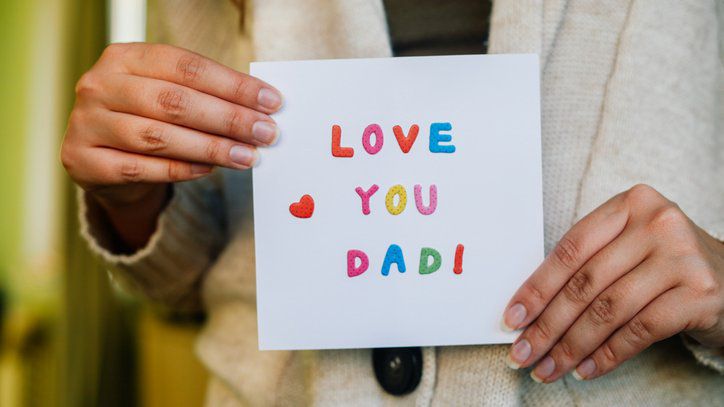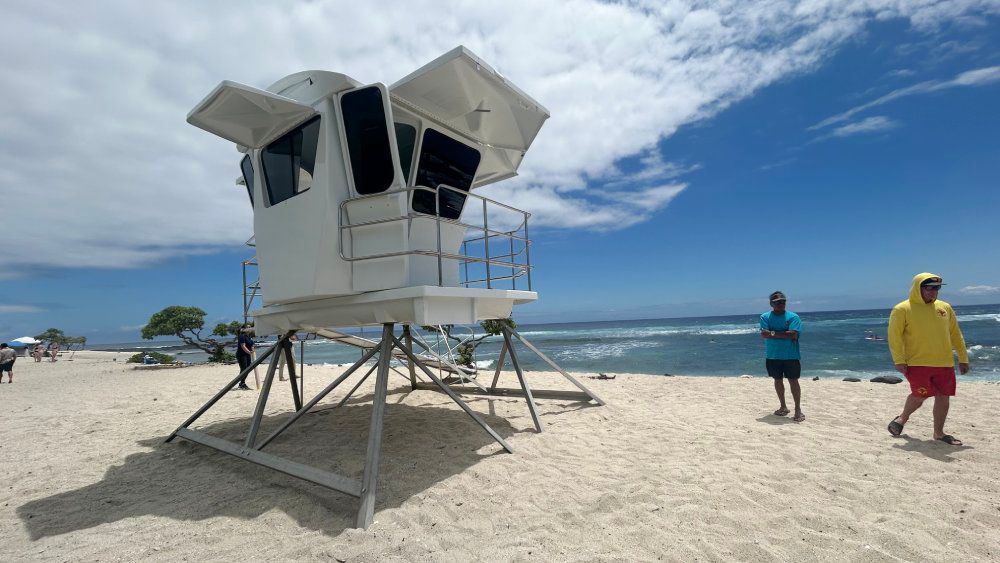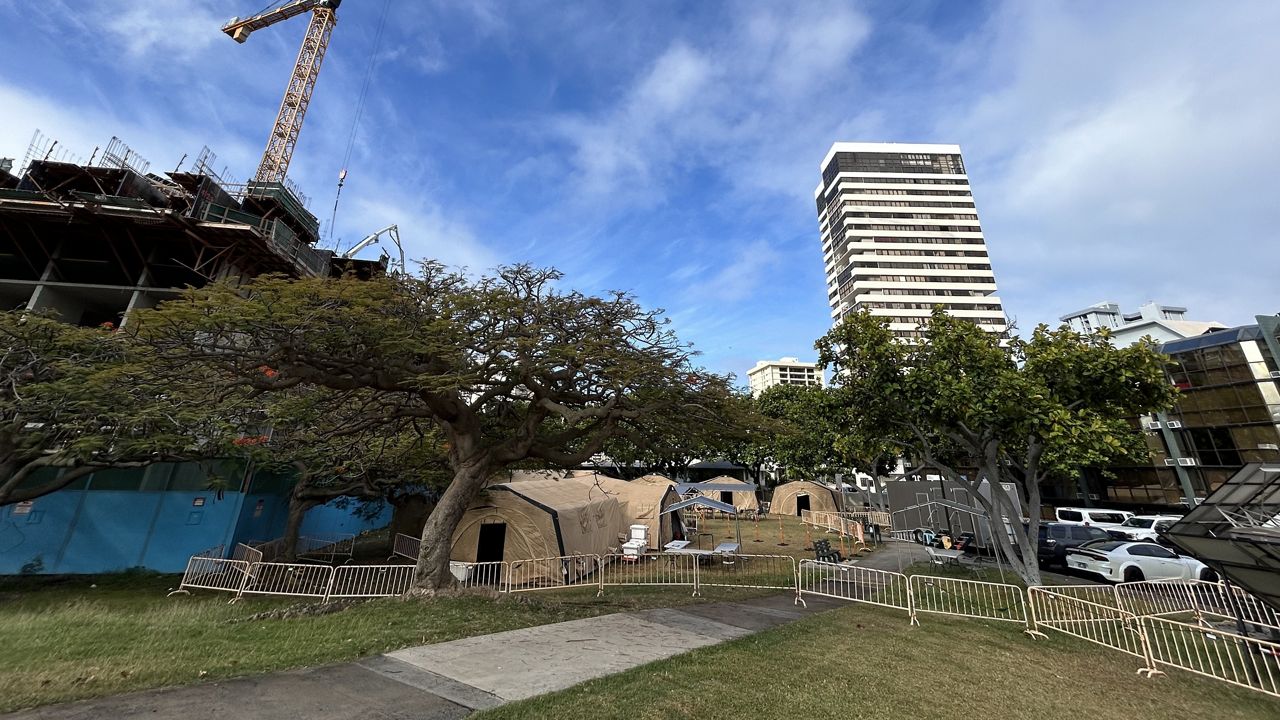This President’s Day, Feb. 19, 2024, marks 82 years since President Franklin D. Roosevelt signed Executive Order 9066 that led to the wrongful incarceration of roughly 120,000 Japanese Americans during World War II.
The signing followed Japan’s attack on Pearl Harbor on Dec. 7, 1941, that killed 2,390 American service members and civilians. Lives were also lost outside of Pearl Harbor at Hickam Field.
In a statement on the Day of Remembrance of the Japanese American incarceration, Pres. Joe Biden notes half of the incarcerated were children. “It was shameful. Families were separated. Communities were torn apart. People were stripped of their dignity. And the unconstitutional and unconscionable policy was even upheld by the Supreme Court.”
“In the face of injustice, 33,000 Japanese Americans stepped up and courageously served in the U.S. military during World War II. They demonstrated loyalty and patriotism. We honor those service men and women, as well as the legacy of civil rights leaders like Fred Korematsu, Minoru Yasui, Gordon Hirabayashi, and Mitsuye Endo, along with every Japanese American who organized and worked to right a wrong. Their sacrifice, their resilience and their belief that civil liberties and freedom must be vigorously defended inspire us today, “ stated Biden.
Senator Mazie Hirono also recalled the importance of Feb. 19 in an X (formerly Twitter) post:
Following the attack, public panic and hysteria ensued, and Japanese Americans – most of whom were U.S. citizens – who had been part of their communities for over a decade in Hawaii and across the nation, were forcibly gathered, separated from family and loved ones, and were held without trial or hearing under armed guard at what the government called “assembly centers.”
From these assembly centers, Japanese Americans were relocated to permanent facilities called “relocation centers.” There were 10 relocation centers that became permanent incarceration sites in California, Arizona, Colorado, Wyoming, Idaho, Utah and Arkansas.
Japanese Americans in Hawaii were taken to facilities on six of the Hawaiian Islands then transferred to the U.S. Immigration Station and Sand Island Detention Camp. From there, many were sent to the Mainland and placed in the incarceration sites.
Those who remained on Oahu were taken to Honouliuli Gulch, a hidden site, after the Sand Island facility closed. On March 2, 1943, the site officially became Honouliuli Internment Camp, Hawaii’s largest and longest used incarceration site.
On Feb. 24, 2015, Pres. Barack Obama signed the proclamation establishing Honouliuli as a national monument, creating a broader opportunity for people to understand the history of Japanese American incarceration in Hawaii.
Hanako Wakatsuki, former superintendent of the Honouliuli National Historic Site, said, “There were approximately 400 Japanese Americans at Honouliuli.” She said the site is significant because throughout its three-year existence, it also came to imprison 4,000 prisoners-of-war and “labor conscripts” from Japan, Korea, Okinawa, Taiwan and Italy. German Americans and people of Italian, Irish, Russian and Scandinavian descent were also incarcerated.
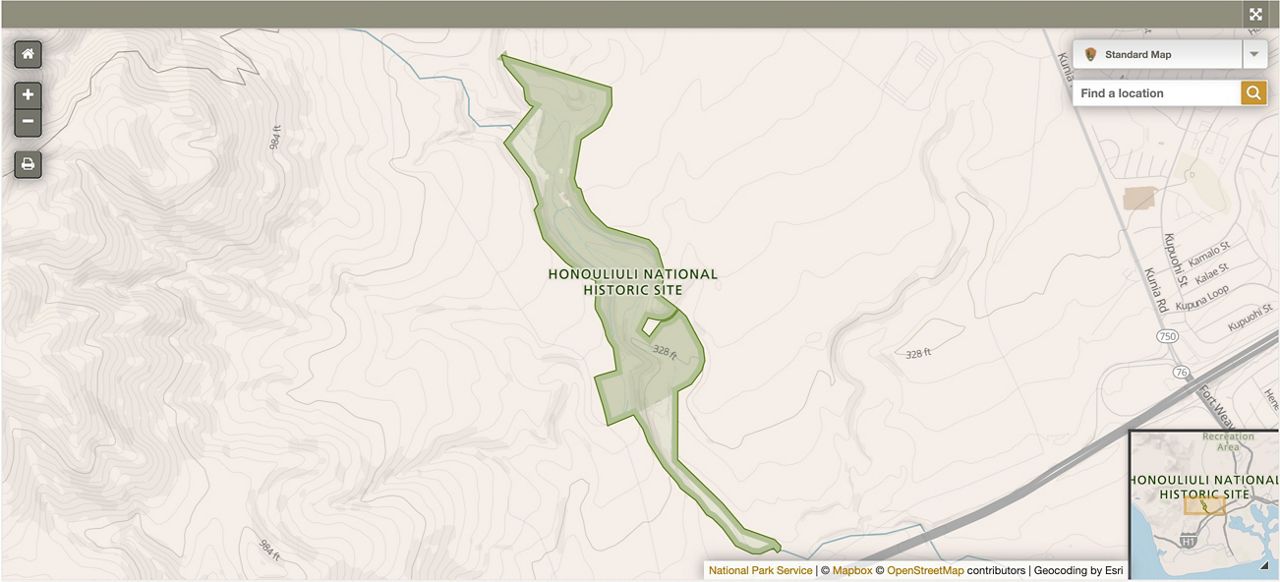
According to documents, the 160-acre Honouliuli held 175 buildings, 14 guard towers and more than 400 tents within its seven compounds.
Honouliuli National Historic Site is not open to the public, but individuals interested in learning about the site’s history and viewing artifacts from those incarcerated can visit the Japanese Cultural Center of Hawaii home to the Honouliuli Education Center.
Information about the historic site originally came to light in 1998 and was brought to public attention by JCCH staff and volunteers. The organization has played a key role in its preservation and, largely because of their efforts, was listed on the National Register of Historic Places in 2012. From there, the site was designated a national monument in 2015 and re-designated as a national historic site in 2019.
In 1943, the same year that Honouliuli became an internment camp, the U.S. War Department called for volunteers to form an all-Nisei (second generation) combat team. Ten-thousand Japanese Americans responded becoming the famed 442nd Regimental Combat Team and living up to their motto, “Go for Broke.”
On Feb. 15, Amache National Historic Site in Colorado became the nation’s newest national park. It is also known as the Granada Relocation Center, one of the 10 incarceration sites in the U.S. established during WWII that incarcerated Japanese Americans.
“As a nation, we must face the wrongs of our past in order to build a more just and equitable future. The Interior Department has the tremendous honor of stewarding America’s public lands and natural and cultural resources to tell a complete and honest story of our nation’s history,” said Secretary of the Interior Deb Haaland in a National Park Service release. “Today’s establishment of the Amache National Historic Site will help preserve and honor this important and painful chapter in our nation’s story for future generations.”
The nonprofit Japanese American Citizens League provides a list of Day of Remembrance events taking place across the U.S. Mainland. Some have already been held, but there are a few coming up in the week.
Sarah Yamanaka covers events, environmental and community news for Spectrum News Hawaii. She can be reached at sarah.yamanaka@charter.com.




